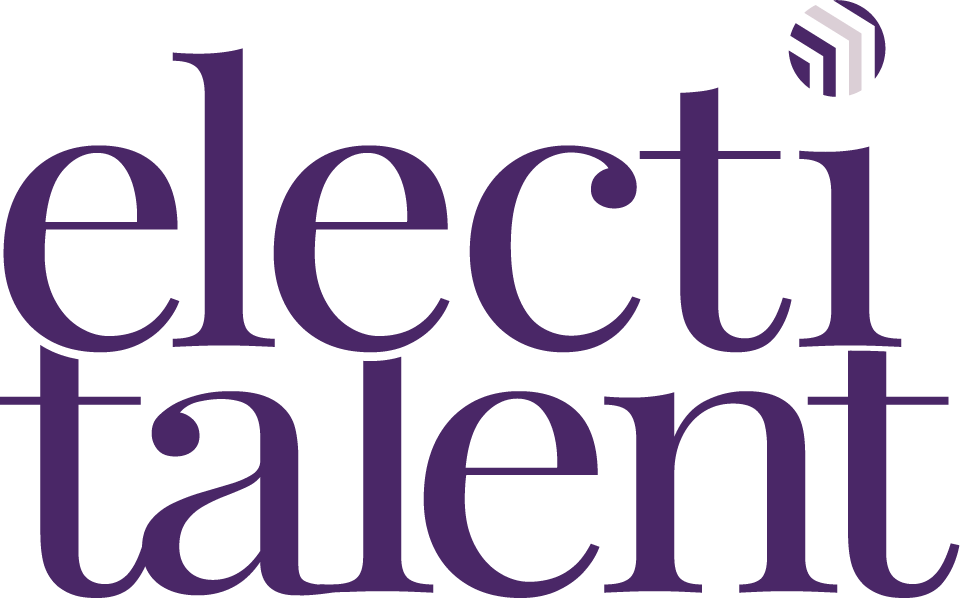
How to measure quality of hire
Everyone wants to make the best hire. It’s like the gold medal in recruiting: finding a candidate with the perfect mix of skills, who delivers strong results and fits seamlessly into your company culture.
With hiring still on a global slowdown and businesses being extra careful with headcounts, quality of hire has never been more crucial. In LinkedIn’s 2024 Future of Recruiting report, talent acquisition professionals ranked it as the number one priority shaping recruitment over the next five years.
The tricky part? Tracking and measuring quality of hire is difficult. No one quite agrees on how to define it. Do you focus on job performance, retention rates, or hiring manager satisfaction? And once you’ve settled on what matters, how do you measure it?
To get to the bottom of this, LinkedIn asked four talent acquisition leaders to share their views on how companies should measure and track quality of hire. Here’s what they had to say:
Hung Lee: Tear down silos and connect data from different teams
“Quality of hire is the metric CEOs care most about,” says Hung Lee, curator of the Recruiting Brainfood newsletter. “Top talent is one of the biggest drivers of market success.
“But it’s tough to measure. To do it right, we need to link candidate assessment scores and employee performance data. The challenge? These two sets of data usually live in separate systems and are managed by different teams.
“The solution is breaking down those silos and creating a people function that connects everything.”
Tim Sackett: Try a mathematical formula to get precise measurements
“There’s an issue,” says Tim Sackett, president of HRU Technical Resources. “Everyone agrees quality of hire matters, but few actually measure it properly, if at all.
“In my book The Talent Fix, Vol. 2, I include a formula for measuring it. It looks complicated, but it works. Some companies use metrics like 90-day turnover, but that doesn’t really show causation, just correlation.
“Also, quality of hire is less about talent acquisition and more about hiring manager success. It covers selection, onboarding, training, and performance, which are all the hiring manager’s responsibility.
“For talent acquisition teams, a better metric is the quality of applicants. It’s simpler — just compare the candidates screened with those chosen for interview by hiring managers. Aim for a high percentage, ideally 80–90%.”
Stacey Gordon: Take time to measure how long new hires need to fully settle in
“To measure quality of hire,” says Stacey Gordon, workplace culture consultant at Rework Work, “hiring managers need to establish standard metrics.
“These should include how long it takes a new employee to really get up to speed. It used to be measured at 30, 60, and 90 days. But new research shows it can take up to 18 months for someone to fully settle into their role.
“If you’re measuring quality of hire at 90 days, you might be missing the bigger picture. Look back at previous hires and track how long it took them to ramp up, the support they received, and how long they stayed. Employee satisfaction and retention matter, too.
“AI can help with some of this, especially predictive analytics. Just ensure you’re on a secure system to protect sensitive employee data.”
Jennifer McClure: Use AI to improve assessments of quality of hire
“Quality of hire,” says Jennifer McClure, founder and CEO of Unbridled Talent, “is essential to understanding how well your recruitment process works and the value new hires bring.
“A balanced approach uses both quantitative metrics and qualitative assessments from managers, peers, and employees themselves. This should cover performance, team fit, and potential for growth.
“AI is a game changer here. It can analyse performance data, identify trends, and predict long-term success. AI-powered tools can track skills development, perform sentiment analysis, and provide 360-degree feedback. They can also model career paths and benchmark new hires against existing talent.
“By combining traditional metrics with AI, companies can make smarter hiring decisions, build better teams, and improve recruitment and retention in the long term.”
Source: https://www.linkedin.com/business/talent/blog/talent-acquisition/how-to-measure-quality-of-hire




